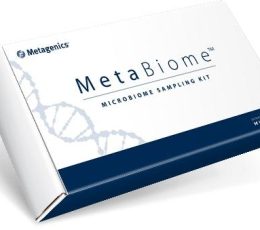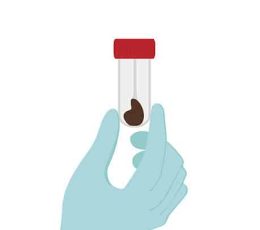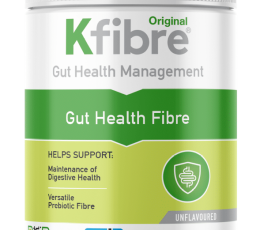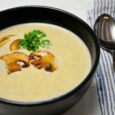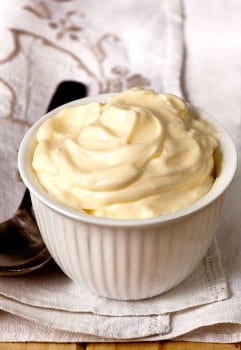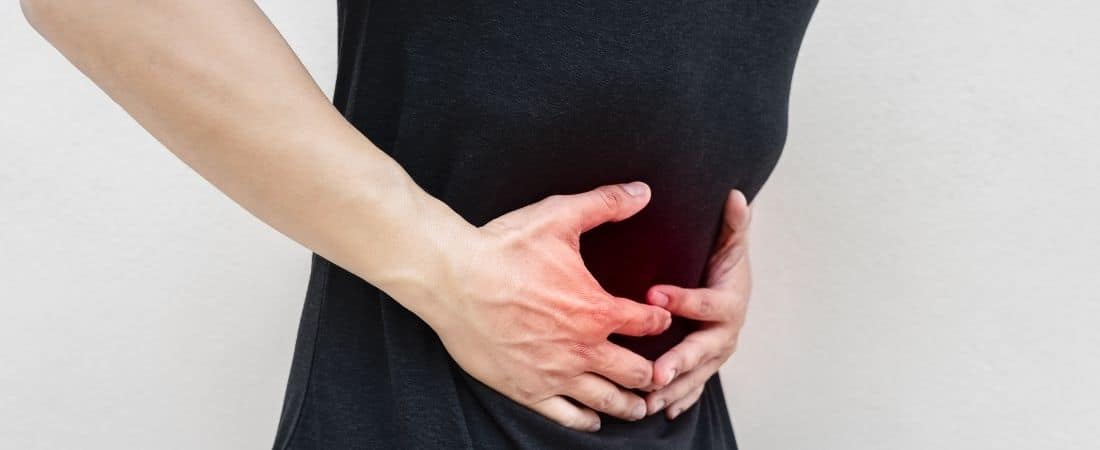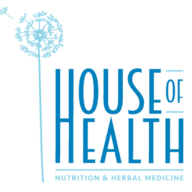What Are Food Cravings?
Food cravings can be driven by a combination of physiological, psychological, and environmental factors. Here are some common reasons behind food cravings:
- Nutritional Deficiencies: Cravings can arise when the body lacks certain nutrients. For example, a craving for chocolate might indicate a need for magnesium, and a desire for salty snacks might signal a need for extra sodium.
- Emotional State: Certainly emotional factors, such as stress, anxiety, boredom, or sadness, can trigger cravings for comfort foods that provide a temporary mood boost.
- Brain Chemistry: Certain foods can stimulate the release of “feel-good” neurotransmitters, such as serotonin and dopamine, leading to a desire for those foods.
- Conditioning and Habits: Repeated exposure to certain foods and the association of specific foods with positive experiences or emotions can create conditioned cravings.
- Environmental Cues: Environmental triggers, such as advertisements, food displays, or the aroma of certain foods, can evoke cravings.
- An Overly Restrictive Diet: Following a strict diet may lead to cravings for the missing forbidden foods, especially if there is a sense of deprivation. Coupled with increased risk of nutritional deficits, a restrictive diet may have an important role in food cravings.
- Addictive Properties: Some foods, particularly those high in sugar, salt, or unhealthy fats, can trigger addictive-like responses in the brain, leading to intense cravings.
- Gut Microbiota: The gut microbiota, the community of microorganisms living in the digestive tract, may influence food choices to favour their preferred nutrients.

How Can Microbes Influence Food Cravings?
Clearly, willpower (or a lack of it) may not be entirely to blame for your eating habits — your gut bacteria may have a part to play as well. This has been hypothesised for some time, and new evidence has demonstrated that the feeding preferences of mice can be manipulated according to their gut microbial community, resulting in quite some differences in what those mice choose to eat. You could say it gave them specific food cravings.
The collection of all the microbes (and their genes) that dwell in the digestive tract is known as the gut microbiome. It is this community that may influence your food choices (even your food cravings) and your eating behaviour.
Different bacteria have different nutritional needs and sometimes the needs of those bacteria are aligned with our own dietary goals, and sometimes they are not.
Bacteria can produce a range of molecules, some of which can affect different body systems. They may also influence the brain through the vagus nerve (which is a player in the gut-brain connection). An abundance of bacteria that have genes involved in tryptophan metabolism appear to correlate with desire to consume carbohydrates. Tryptophan is an essential amino acid, and is the building block for producing serotonin, one of your “feel good” brain chemicals.
As well as altering these nerve signals via vagus, microbes may also produce toxins that can make you feel unwell, put you off eating, or even give you diarrhoea. They can also cause changes to the way things taste by causing alterations to your taste receptors. Microbes can also release reward neurochemicals to make us feel good. Thus, manipulation of behaviour and mood can result in different dietary desires, including driving food cravings.
Like many processes, this works both ways. What you eat may also affect what gut bacteria proliferate, and thus what they need. Bacteria have different nutrient needs, just as – for example – different birds live off different things. For example, a type of bacteria that specialises in digesting seaweeds is found in many Japanese, where seaweed is a common dietary vegetable. If you’ve read this far, and like a bit of detail, here are some specific examples: carbohydrates are best for growth of Prevotella; dietary fibre provides a competitive advantage to Bifidobacteria, and the Bacteroidetes genus has preference for certain fats.
There are several ways that the microbiota can be manipulated. These include diet, prebiotics, probiotics, antibiotics, even your level of exercise. Start with discovery.

